Throughout art history, artists have depicted a plethora of truly romantic scenes. From tight embraces to paintings of angels, charged eroticism and stunning scenery, the possibilities for romanticism are limited only by the creator and general public’s taste.
Indeed, some of the very earliest artistic creations were Venus figurines. This includes the enigmatic Venus of Hohle Fels (c.38,000 BC) and the Venus of Tan-Tan (c.200,000-500,000 BC). The human focus on love, sensuality, reproduction and religion has continued ever since.
Having said this, “Romanticism” was a specific movement in fine art. It encompassed a philosophical outlook as well as an emotional focus on love, freedom and nature. So, before we take a look at some of the most famous romantic paintings of all time, it’s worthwhile exploring just what Romanticism is…
What is Romanticism in Art?
Romanticism is an intellectual ideal rather than a specific stylistic approach to art. Adopted by writers, painters, musicians and architects, it dominated European cultural pursuits. Originating in the late-eighteenth century, the movement lasted until the mid-nineteenth century. Characterized by a rejection of industrial rationality, balance and order, it quickly swept through Europe’s artistic circles.
Whilst Romanticism impacted a wide range of creative endeavors, fine art was particularly influenced. Romantic artists emphasized the subjective, imaginative and spontaneous qualities prized by those working in the movement. Indeed, it even spawned an entirely new view of the artist themself. The true “Romantic” was a creator genius focused on their own passions rather than strict proficiency in formal rules and techniques.
Alongside the celebration of emotional human qualities, Romantic art also appreciated the natural world. Nature was lauded as a tool for self-examination and a gateway into our ever-vacillating moods. In Britain, John Constable and J.M.W. Turner notably progressed Romantic landscape painting, focusing on the shifting qualities of light and atmosphere. On the continent, French Romantic painters included Théodore Géricault and Eugène Delacroix. In Germany and Austria, Philipp Otto Runge and Caspar David Friedrich particularly drove elements of symbolism and rugged, mysterious landscapes.
Eight Famous Romantic Paintings
This list of famous romantic paintings includes artists directly inspired by the Romantic movement, as well as purely “romantic” paintings to be enjoyed and celebrated. Let us consider the most famous romantic paintings of all time…
1. William-Adolphe Bouguereau, Cupid and Psyche (1890)
William-Adolphe Bouguereau’s Cupid and Psyche painting presents the Greek mythological figures Eros and Psyche as two romanticized young children. The late nineteenth century saw a resurgence of interest in Classical Greek and Roman mythology. Fascinated by this theme, Bouguereau returned to the myth more than once.
Known in French as L’Amour et Psyche, Enfants, the work represents the forbidden romance between the legendary pair. Psyche additionally represents the transformation of the human soul to our immortal form. The two children consequently sit high in the clouds, above earthly sin and concern.
Bouguereau’s decision to depict the romantic characters as young children highlights their innocence and the platonic ideals of their love. As such, this Cupid and Psyche painting combined philosophical, romantic, religious and ancient mythological themes. It enticed and amazed audiences on its first display in the Paris Salon of 1890 – as it does today.
2. Pierre-Auguste Cot, Springtime (1873)
No discussion of romantic period paintings would be complete without mentioning Springtime (or Le Printemps) by Pierre-Auguste Cot; it depicts a flirtatious pair dressed in classical styles. The duo embraces on a swing amidst a bucolic forest scene, enthralled by the “spring” of first love.
The work demonstrates considerable technical finesse, reflecting Cot’s academic background and classical style. Indeed, Cot studied under William-Adolphe Bouguereau (another painter on this list!) as well as Alexandre Cabanel (famed for his depiction of The Birth of Venus).
The work was instantly successful at the Paris Salon of 1873, inspiring hundreds of engravings, porcelains and tapestries in homage. The Metropolitan Museum of Art now houses the painting, although it isn’t currently on view.
3. Gustave Courbet, The Sleepers (1886)
Inspired by Charles Baudelaire’s poem “Delphine et Hippolyte”, Gustave Courbet’s The Sleepers (or Le Sommeil) is a romantic masterpiece.
The painting depicts two naked women, lying asleep in an erotic, romantic embrace. A broken pearl necklace (symbolic of purity and exoticism) as well as an abandoned hairpin reference their sexual activities. One of the models was Joanna Hifferman, who was the lover of fellow painter James Abbott McNeill Whistler. Whistler broke off their relationship soon after, as well as disassociating with Courbet.
Commissioned by the Turkish diplomat Halil Şerif Paşa (who’d lived in Paris since 1860) its realistic depiction of lesbian love was groundbreaking. Considered too shocking for public tastes, the work wasn’t shown publicly until 1988. It now resides in the Petit Palais, a Paris museum and gallery.
4. Caspar David Friedrich, Wanderer Above the Sea of Fog (1818)
If you’re thinking of romantic landscape painting and painters, who comes to mind? For many people, Caspar David Friedrich is high on the list!
His masterpiece Wanderer Above the Sea of Fog (1818) is highly representative of the Romantic movement as a whole. It conveys the sense of the sublime so cherished by Romantic painters and writers. The painting emblematizes self-reflection and contemplation of life itself.
The main character stands with his back to the viewer, gazing out at a landscape covered in a thick, pervading fog. This landscape reveals various elements of the Elbe Sandstone Mountains of Saxony and Bohemia, as well as the famous Zirkelstein table hill.
In relation to the painting, Friedrich argued artists shouldn’t merely depict what’s in front of them “but also what he sees inside himself”.
5. Francisco Goya, The Nude Maja (c. 1797)
The Nude Maja, or La Maja Desnuda is one of the most famous romantic paintings created by Francisco Goya. Commissioned by Manuel Godoy (The Prince of Peace) it depicts a nude, reclining female figure on a daybed covered with pillows and luxurious fabrics.
Goya also created a smaller pendant of the same scene with the woman identically posed. Although her posture and backdrop are the same, the woman is fully clothed in this version (known as La Maja Vestida). The elaborate costume in the second work identified the sitter as a “Maja”, a member of the Spanish lower classes.
Goya’s painting is particularly notable for the woman’s direct unabashed gaze. It’s also one of the first artworks to depict female pubic hair without obvious connotations of prostitution. Unsurprisingly, the work enraged church authorities as well as generating equal measures of public excitement and scandal.
6. Francesco Hayez, The Kiss (1859)
The Kiss by Francesco Hayez is one of the most mysterious Italian romantic period paintings. It’s a possible inspiration for Gustav Klimt’s The Kiss (also on this list!). Translated as Il Bacio in Italian, Alfonso Maria Visconti di Saliceto commissioned the work.
Painted during a period of rising nationalism and upheaval (which culminated in the unification of the Kingdom of Italy in 1861) the work disguises themes of conspiracy and struggle against foreign invaders. It depicts a couple in Medieval dress lost in a sensual, romantic kiss. Both figures are unidentifiable, focusing the viewer’s attention on the pure act of kissing.
Nevertheless, the hyper-observant viewer will note shadowy forms lurking in the left-hand corner of the canvas, giving the foreboding impression of imminent sedition and peril.
7. Gustav Klimt, The Kiss (1907)
Love, sensuality and sexual intimacy were common themes in Gustav Klimt’s work, nowhere more evident than in The Kiss (1907). The painting depicts a couple tightly locked in a sensual hold, supposedly Gustav Klimt and his companion Emilie Flöge.
The copious use of gold leaf and flowing organic forms represents the Art Nouveau fin-de-siècle aesthetic prevalent at the time. Captivated by medieval illuminated manuscripts and Byzantine mosaics, Klimt used precious metals to stunning effect through the work. Further inspired by ancient art and modern Japanese influences, the stylized lack of perspective is particularly notable.
Exhibited in 1908 (at the Kunstschau in Vienna), The Kiss was immediately celebrated by Austrian high society. The Austrian government consequently purchased the painting, and it remains on public display at the Österreichische Galerie Belvedere museum.
8. Raphael, Putti (Cherubs), detail from Sistine Madonna (1513)
Raphael’s putti rank high as beloved paintings of angels. Situated at the bottom of the Sistine Madonna (1513), they feature in the masterpiece commissioned by Pope Julius II.
Described by Giorgio Vasari as a “rare and extraordinary” painting, the two putti are a particularly prominent and unusual element of the work. These winged angels have subsequently featured on postcards, stamps, socks, greetings cards and inspired legends and stories of their own.
One such story describes how the children of Raphael’s Madonna model would watch him paint their mother. Enchanted by the children’s cheeky, angelic innocence, he painted them into the work. Another (possibly similarly apocryphal story) focuses on Raphael noticing youngsters staring longingly into a bakery window. Ultimately, the putti’s exact inspiration is unknown. Despite this, they remain one of the most romantic, most loved paintings of angels to this day.
Are you Inspired by what you’ve seen? Browse our unparalleled collection of Romantic replica paintings today. We’re sure you’ll find oil painting reproductions to love and enrich your life and your walls.
If you have any questions or would like to request a special commission, get in touch. Our friendly, knowledgeable team will be delighted to help.

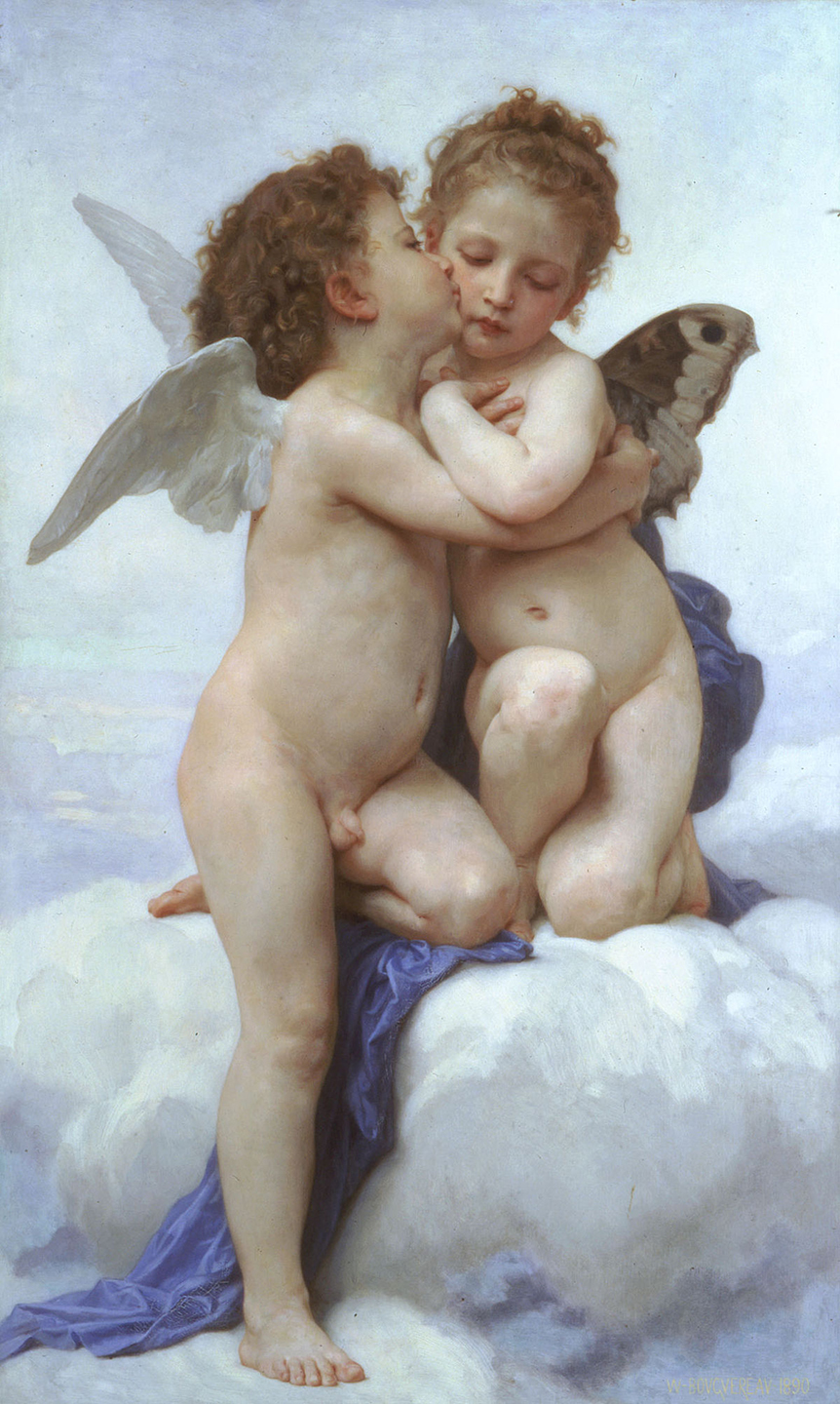
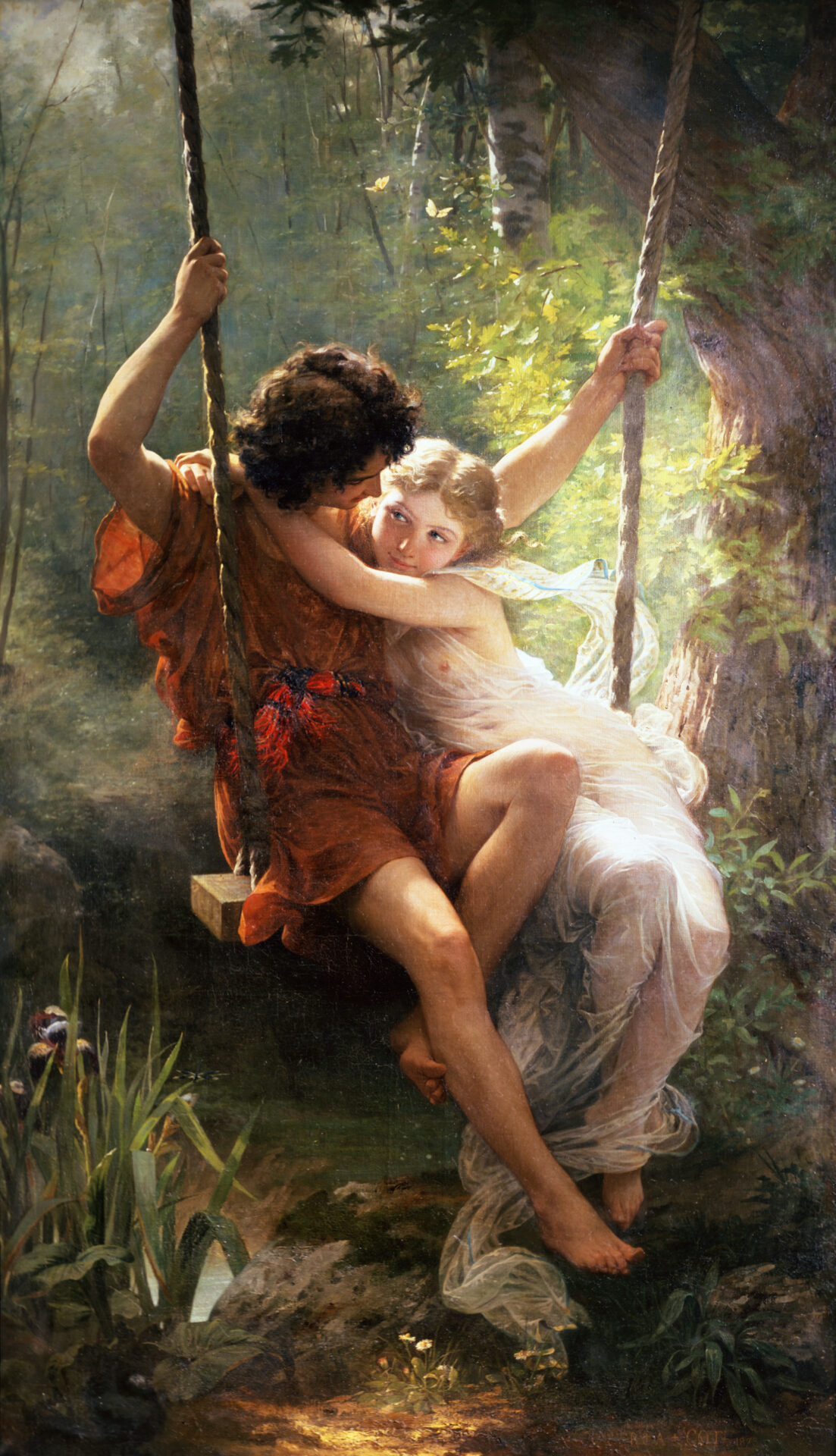
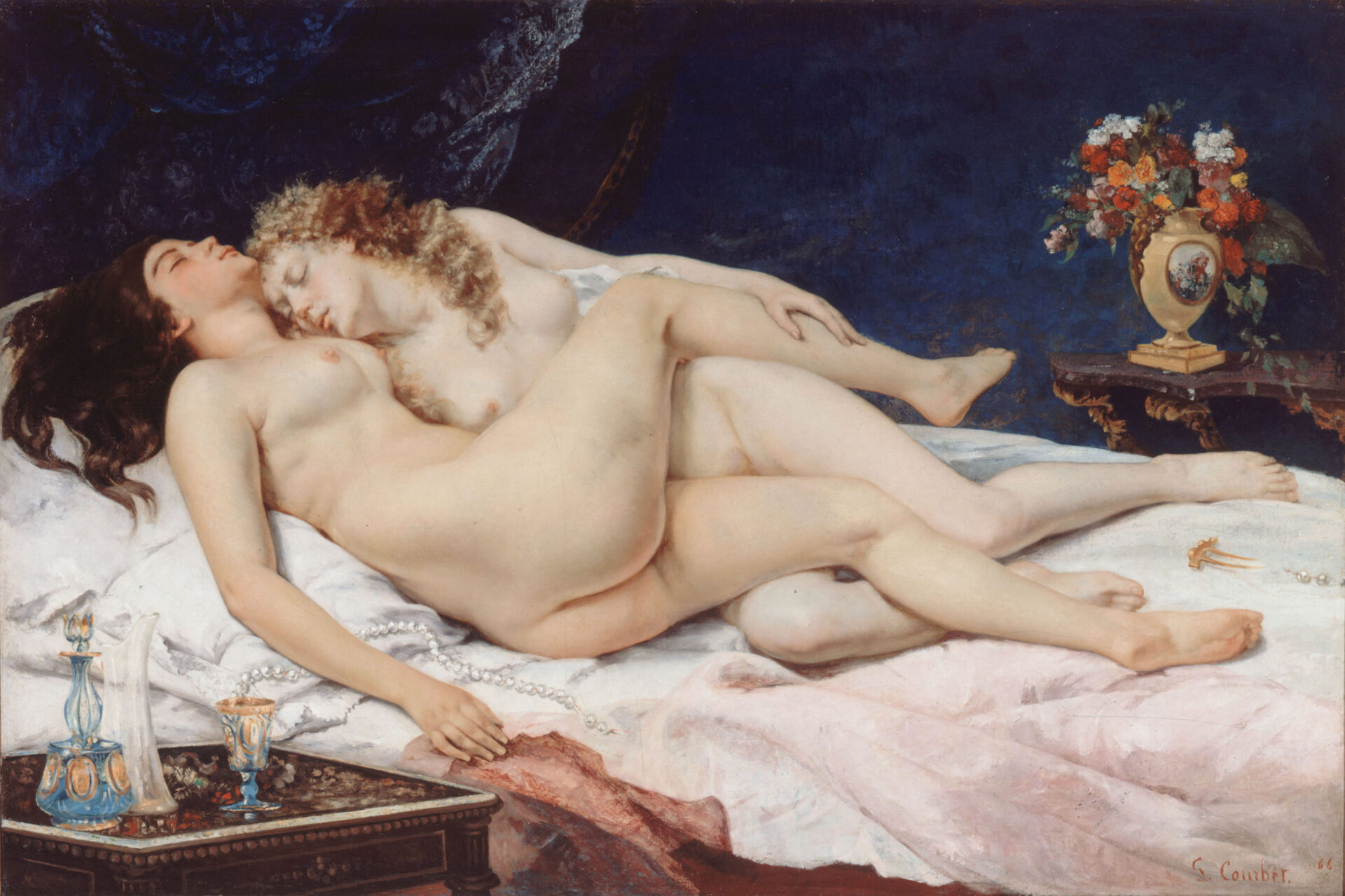
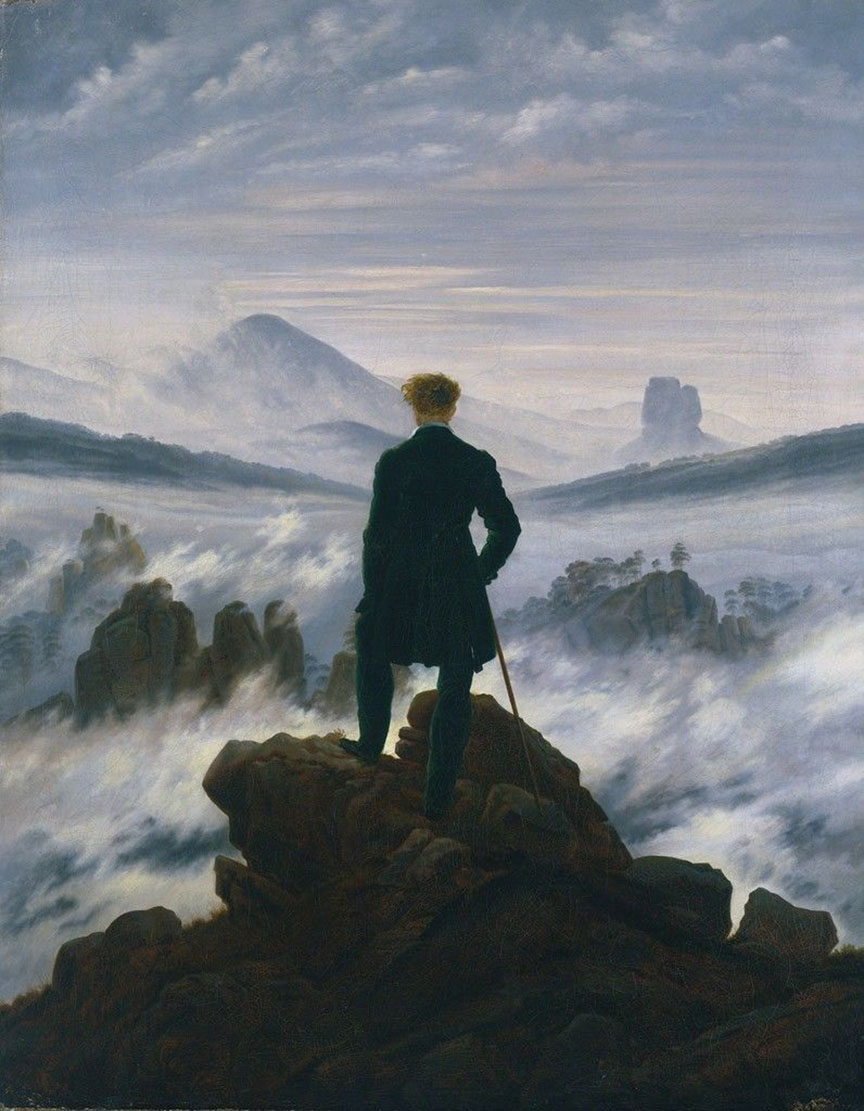
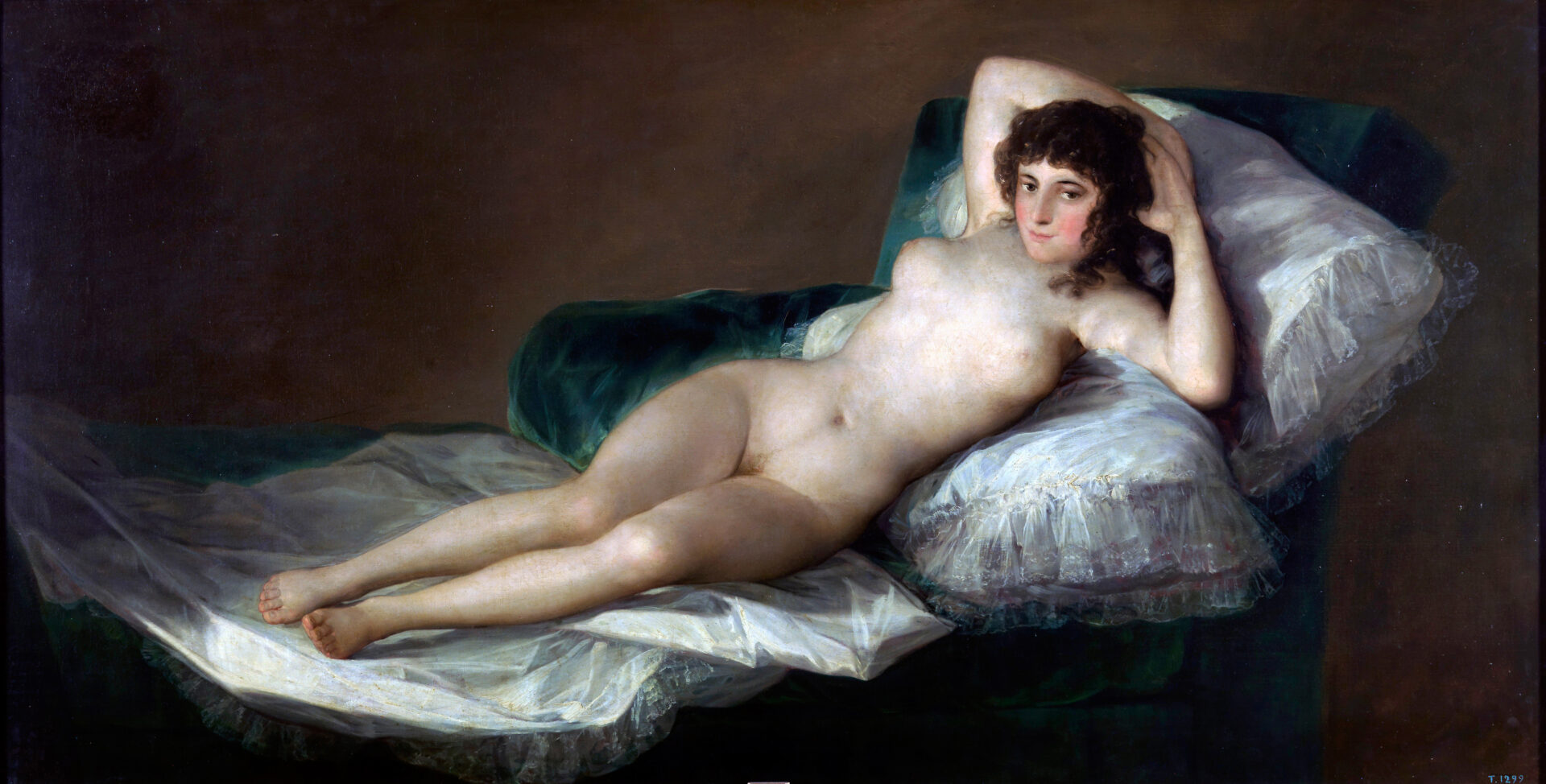
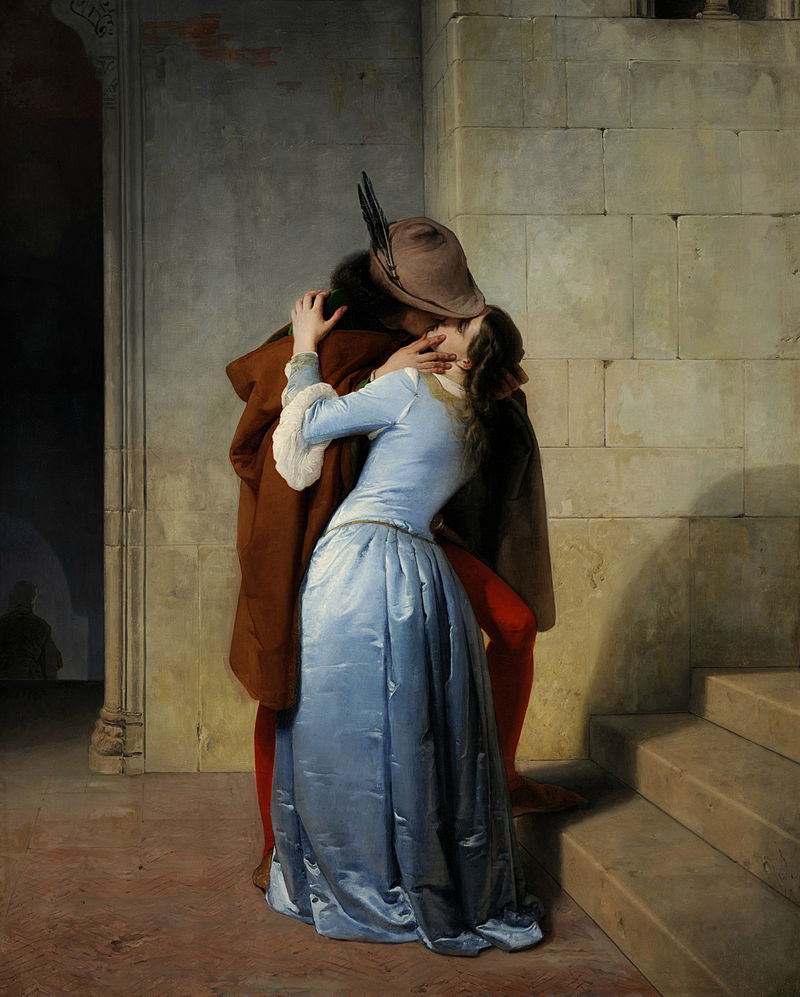

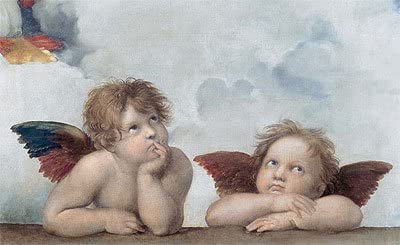
Leave a Reply
You must belogged in to post a comment.